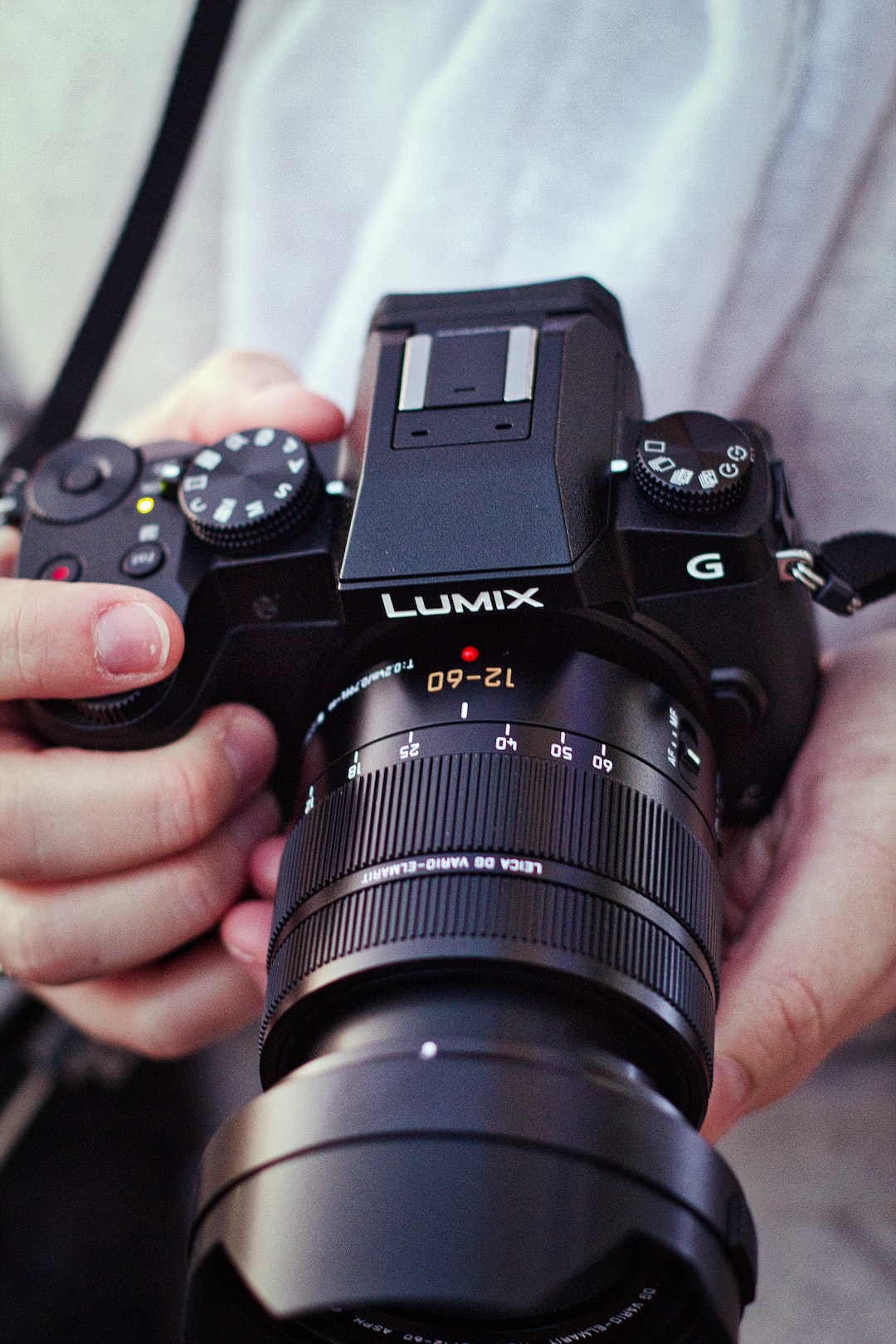Title: Advancements in Drone Technology and Their Applications
Introduction:
Over the past decade, advancements in drone technology have revolutionized various industries, offering unprecedented opportunities for innovation and improvement. Originally developed for military purposes, drones – also known as unmanned aerial vehicles (UAVs) – have evolved into versatile tools that have found numerous applications in fields ranging from photography and videography to delivery services, agriculture, and even disaster response. In this blog post, we will explore some of the recent advancements in drone technology and discuss their wide-ranging applications.
1. Enhanced Flight Performance:
The first notable advancement in drone technology lies in the improvement of flight capabilities. Modern drones are equipped with powerful onboard computers, GPS systems, and advanced cameras, enabling them to maintain stability in various weather conditions and adjust their flight path accordingly. Additionally, drones can now hover in place with high precision, making them ideal for aerial photography and videography, allowing professionals to capture breathtaking shots that were once unimaginable.
2. High-Resolution Imaging:
One of the most remarkable advancements in drone technology lies in their imaging capabilities. Drones are now equipped with high-resolution cameras capable of capturing stunning aerial footage and detailed photographs. These drones have become essential in industries such as real estate, where professionals can provide potential buyers with impressive aerial views of properties. Furthermore, drones play a crucial role in land surveying and mapping, facilitating faster and more accurate data collection for urban planning and infrastructure development.
3. Drone Delivery Services:
Another exciting development in drone technology is the emergence of delivery services utilizing UAVs. Retail giants and logistics companies have been testing drones for small package delivery, promising faster delivery times and reduced costs. Drones have the potential to revolutionize the transportation of goods in remote areas or during emergencies when traditional means may not be accessible. However, challenges such as regulatory limitations and safety concerns must be addressed before widespread implementation.
4. Agricultural Applications:
Drones have also made significant contributions to the agricultural sector, improving crop management and reducing resource consumption. Equipped with advanced sensors, drones can monitor soil conditions, plant health, and pest infestations with unmatched accuracy and efficiency. This data assists farmers in optimizing irrigation, fertilization, and pesticide usage, leading to increased crop yields and reduced environmental impact. Drones also facilitate the identification of crop diseases, enabling prompt intervention and preventing potential losses.
5. Disaster Response and Search Operations:
Drone technology has proven its worth in disaster response and search operations, providing valuable aid to first responders and rescue teams. Equipped with thermal imaging cameras and equipped with the ability to access hard-to-reach areas, drones can locate missing individuals, assess damage, and ensure the safety of emergency personnel. This technology has been particularly useful in natural disasters, tracking survivors, and assisting in search and rescue operations promptly.
6. Conservation Efforts:
Drones have become essential tools in environmental conservation efforts. For instance, in wildlife conservation, drones are used to monitor and protect endangered species, conduct aerial surveys of habitat areas, and detect illegal activities such as poaching. Drones enable conservationists to gather vital data without disturbing delicate ecosystems, ultimately supporting the preservation of our planet’s biodiversity.
Conclusion:
The advancements in drone technology have uncovered vast potential in various industries, revolutionizing the way we work, explore, and even save lives. From enhanced flight performance and high-resolution imaging to delivery services, agriculture, disaster response, and conservation efforts, the applications of drones are expanding at an unprecedented rate. As these advancements continue to unfold, the future of drone technology appears promising, with limitless possibilities to benefit society in countless ways.

